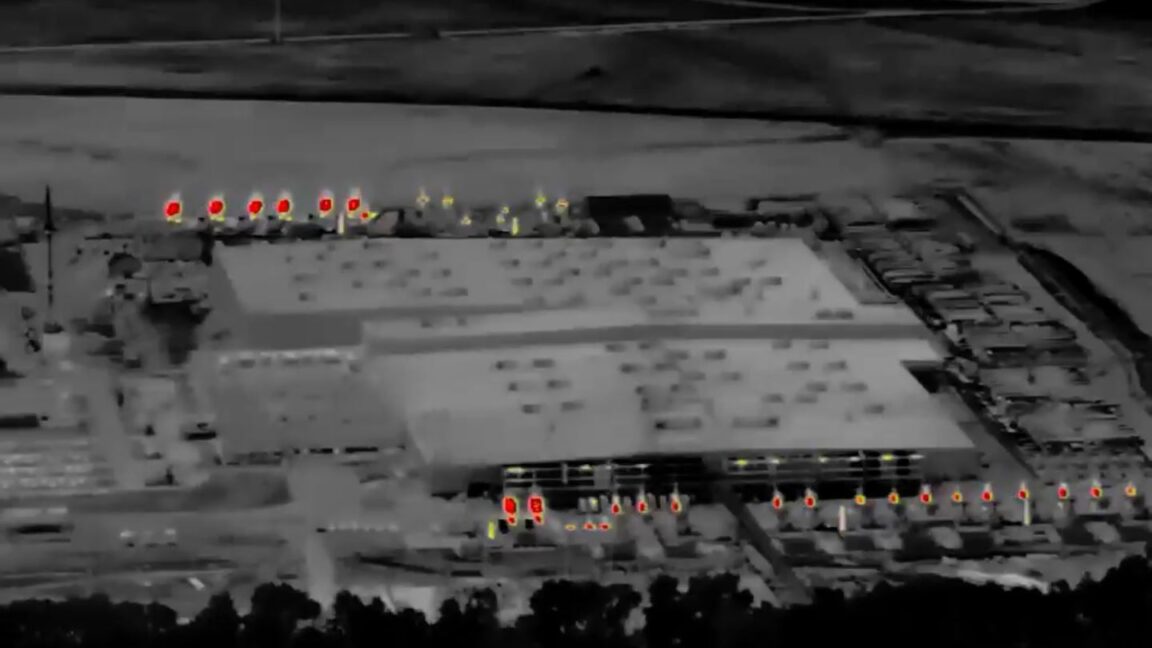
April 15, 1986.
US Air Force Major Brian Shul streaks through the stratosphere fifteen miles over Colonel Gaddafis Libya in his Lockheed SR-71 Blackbird.
Flying too high for enemy fighters to reach, too fast for missiles to catch, virtually invisible to radar, not a single one has been shot down in over two decades of operation.But a series of course corrections has temporarily slowed Shuls Blackbirds speed.
Suddenly, he sees red warning lights flaring across his instrument panel.
Somehow, dated Soviet-built Libyan surface-to-air batteries have locked onto the worlds fastest aircraft.
The SR-71s only hope was to hit the gas.
Everyone was about to find out if the Blackbird could actually outrun a missileThe Lockheed SR-71 Blackbird is a retired long-range, high-altitude, Mach 3+ strategic reconnaissance aircraft developed and manufactured by the American aerospace company Lockheed Corporation.
Its nicknames include Blackbird and Habu.The SR-71 was developed in the 1960s as a black project by Lockheeds Skunk Works division.
American aerospace engineer Clarence Kelly Johnson was responsible for many of the SR-71s innovative concepts.
Its shape was based on the Lockheed A-12, a pioneer in stealth technology with its reduced radar cross section, but the SR-71 was longer and heavier to carry more fuel and a crew of two in tandem cockpits.
The SR-71 was revealed to the public in July 1964 and entered service in the United States Air Force (USAF) in January 1966.During missions, the SR-71 operated at high speeds and altitudes (Mach 3.2 at 85,000 ft or 26,000 m), allowing it to evade or outrace threats.
If a surface-to-air missile launch was detected, the standard evasive action was to accelerate and outpace the missile.
Equipment for the planes aerial reconnaissance missions included signals-intelligence sensors, side-looking airborne radar, and a camera.[4] On average, an SR-71 could fly just once per week because of the lengthy preparations needed.
A total of 32 aircraft were built; 12 were lost in accidents, none to enemy action.An air-to-air overhead front view of an SR-71A strategic reconnaissance aircraft.
The SR-71, unofficially known as the Blackbird, is a long-range, advanced, strategic reconnaissance aircraft developed from the Lockheed A-12 Oxcart and YF-12A aircraft.
The United States Air Force retired its fleet of SR-71s on Jan.
26, 1990, but returned them in 1995 until January 1997.
Throughout its nearly 24-year career, the SR-71 remained the worlds fastest and highest-flying operational aircraft.
Location: Beale Air Force Base, California, USA.
Evaporating fuel can be seen streaking down the fuselage and top of the wings from the aerial refueling port aft of the cockpitIn 1974, the SR-71 set the record for the quickest flight between London and New York.
In 1976, it became the fastest air-breathing manned aircraft, previously held by its predecessor, the closely related Lockheed YF-12.
As of 2025, the Blackbird still holds all three world records.In 1989, the USAF retired the SR-71, largely for political reasons, although several were briefly reactivated before their second retirement in 1998.
NASA was the final operator of the Blackbird, using it as a research platform, until it was retired again in 1999.
Since its retirement, the SR-71s role has been taken up by a combination of reconnaissance satellites and unmanned aerial vehicles (UAVs).
As of 2018, Lockheed Martin was developing a proposed UAV successor, the SR-72, with plans to fly it in 2025.Top Photo: TheSR-71B Blackbird, flown by the Dryden Flight Research Center as NASA 831, slices across the snow-covered southern Sierra Nevada Mountains of California after being refueled by an Air Force tanker during a 1994 flight.
SR-71B was the trainer version of the SR-71.
Notice the dual cockpit to allow the instructor to fly the airplane.Sources: YouTube; Wikipedia

 17
17

















